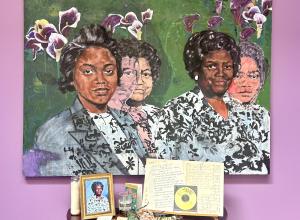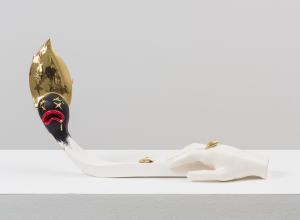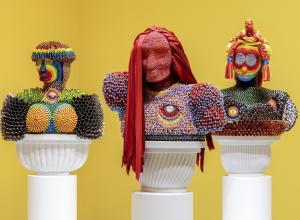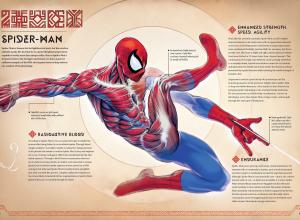Crafting and installing this striking, powerful, and mystifying creation has enabled artist Sam Moyer to turn the museum into an extension of her home studio, keeping a wide array of materials and procedures in play. Her show, which opened on June 30 and runs through September 29, is titled “Sam Moyer: Ferns Teeth” and addresses nature at its most lyrical, anxiety-producing, and assertive.
The exhibition reaches out to encompass the architecture of the museum, the light, the air, its surroundings, and the presence of its visitors. All are elements in this multimedia, multidimensional, and multidirected artist’s conception, as is the landscape—specifically, that of the North Shore of Long Island, where Moyer has spent many summers.
“I want everything,” she says of her work and its ingredients, and that includes the dynamic art of her husband, Eddie Martinez—whose paintings are situated in the galleries on the opposite side of the museum from Moyer’s—and games, such as the hand-carved backgammon boards made of tinted concrete with marble inlay set out on artist-made wood tables and benches in the museum’s lobby. There’s a lot to think about here.
To begin with, the 41-year-old artist, who was born in Chicago, moved to L.A. when she was five and then to Massachusetts when she was 15 and to New York at 24, is something of a hybrid herself. She started out as a compulsive photographer, shooting film when she was 12 years old and then going on to attend the Corcoran School of Art and Design in Washington, D.C., where she studied photojournalism before switching to fine art, and then finally earning an MFA in sculpture from Yale University.


![DEl Kathryn Barton [Australian b. 1972] the more than human love , 2025 Acrylic on French linen 78 3/4 x 137 3/4 inches 200 x 350 cm Framed dimensions: 79 7/8 x 139 inches 203 x 353 cm](/sites/default/files/styles/category_card_187x139/public/ab15211bartonthe-more-human-lovelg.jpg?itok=LJbNuU6F)

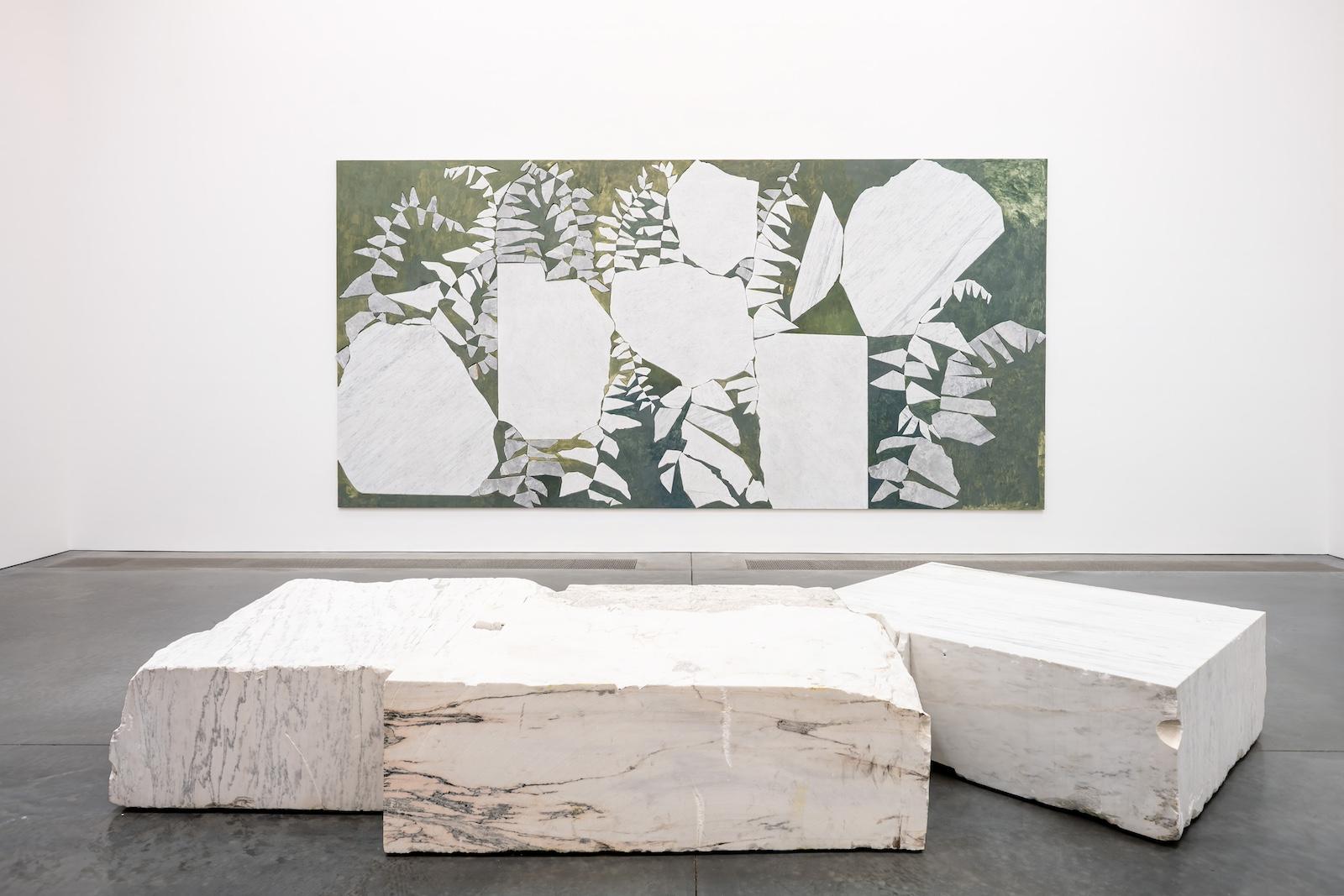
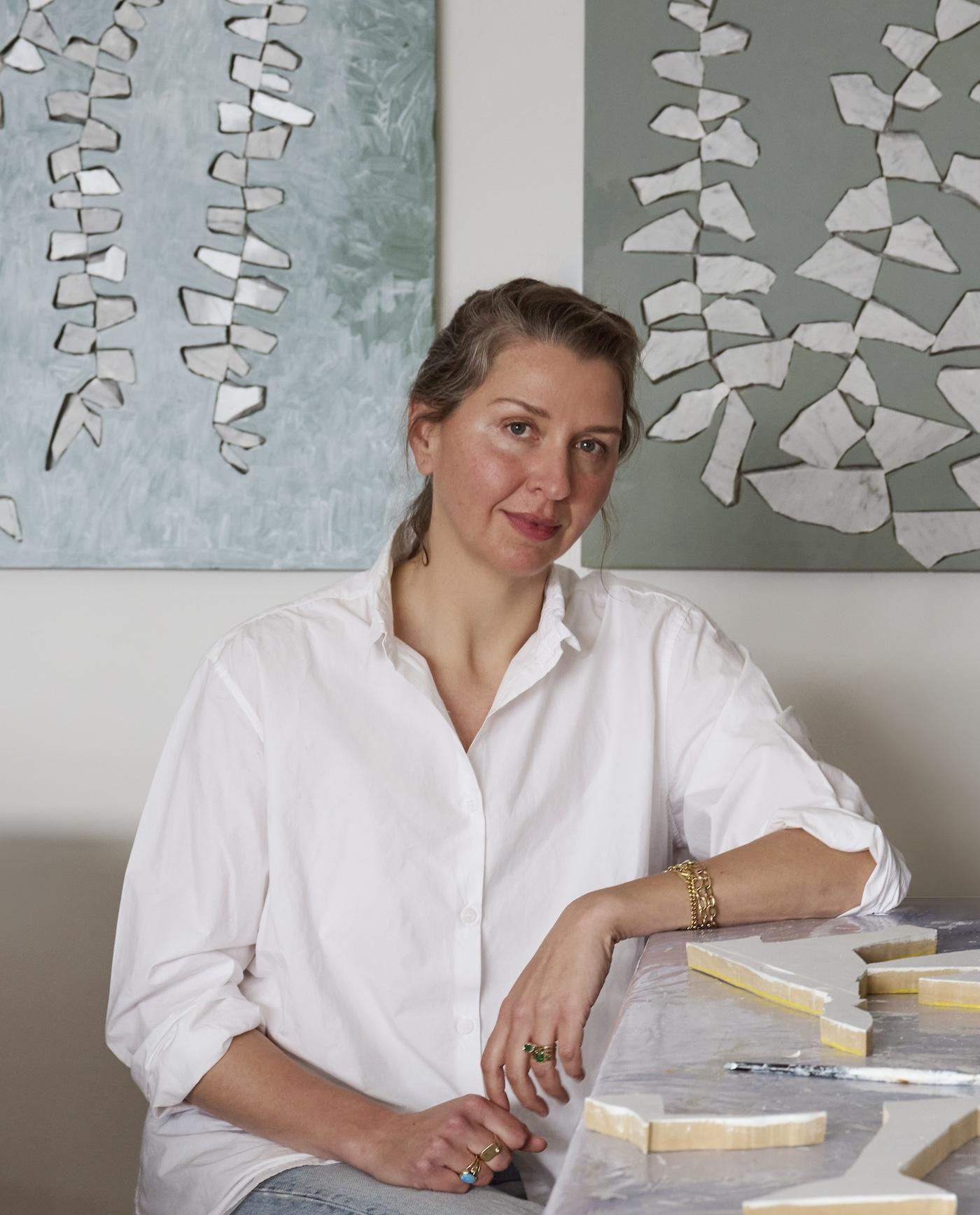
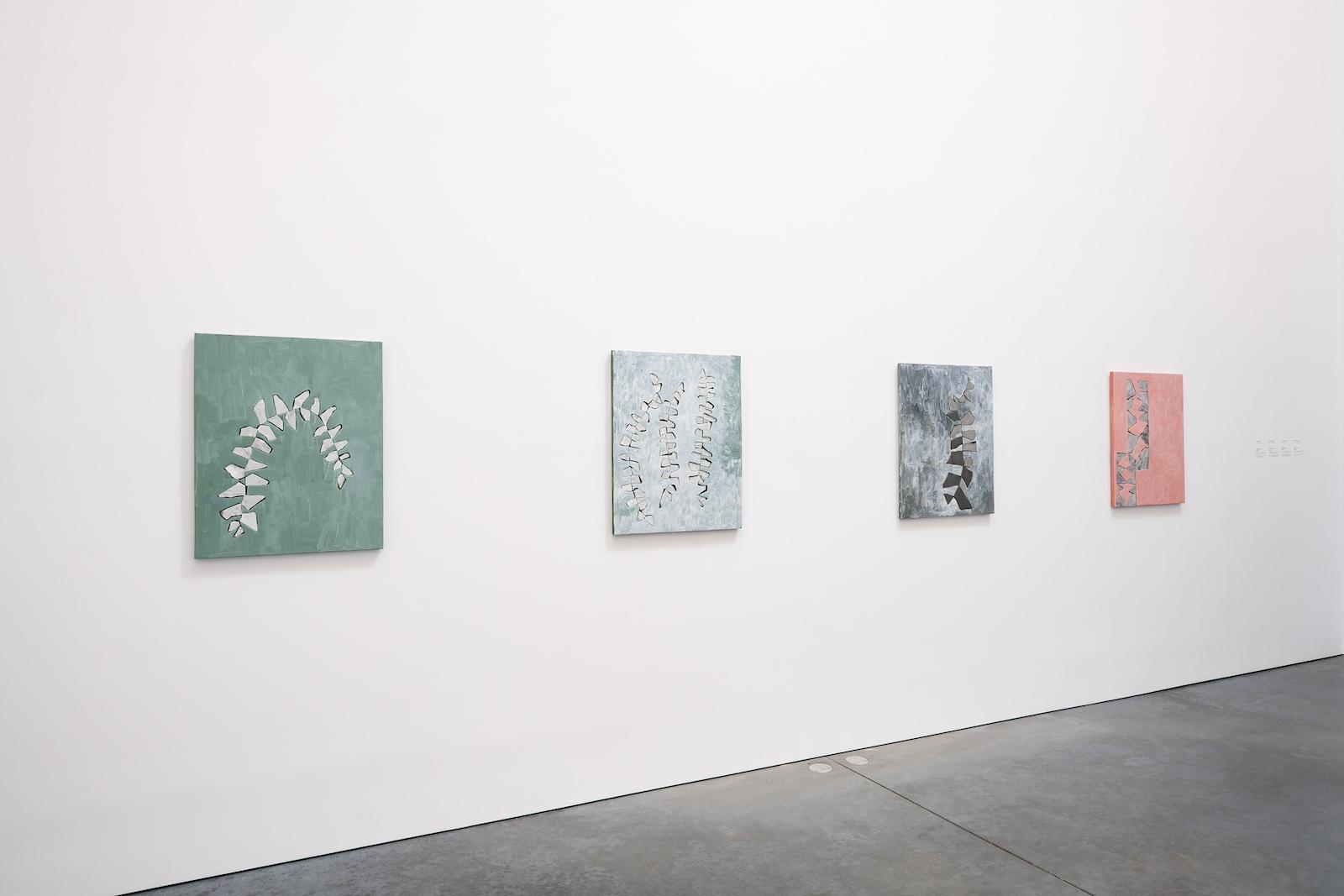
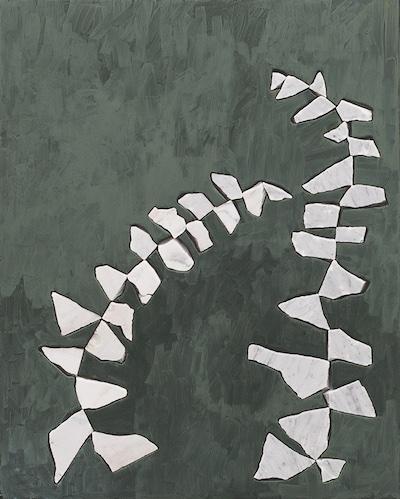
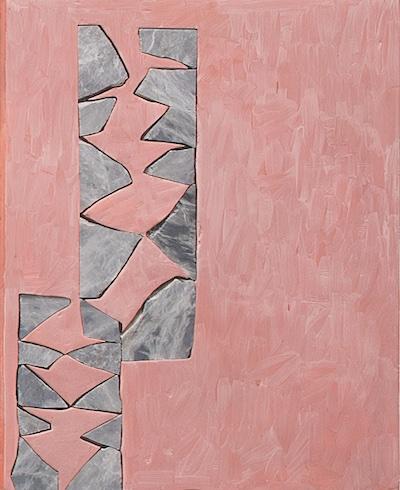
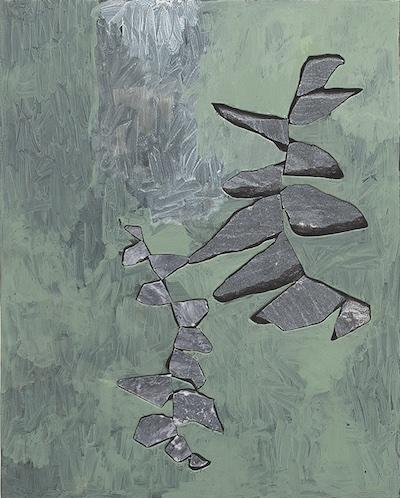
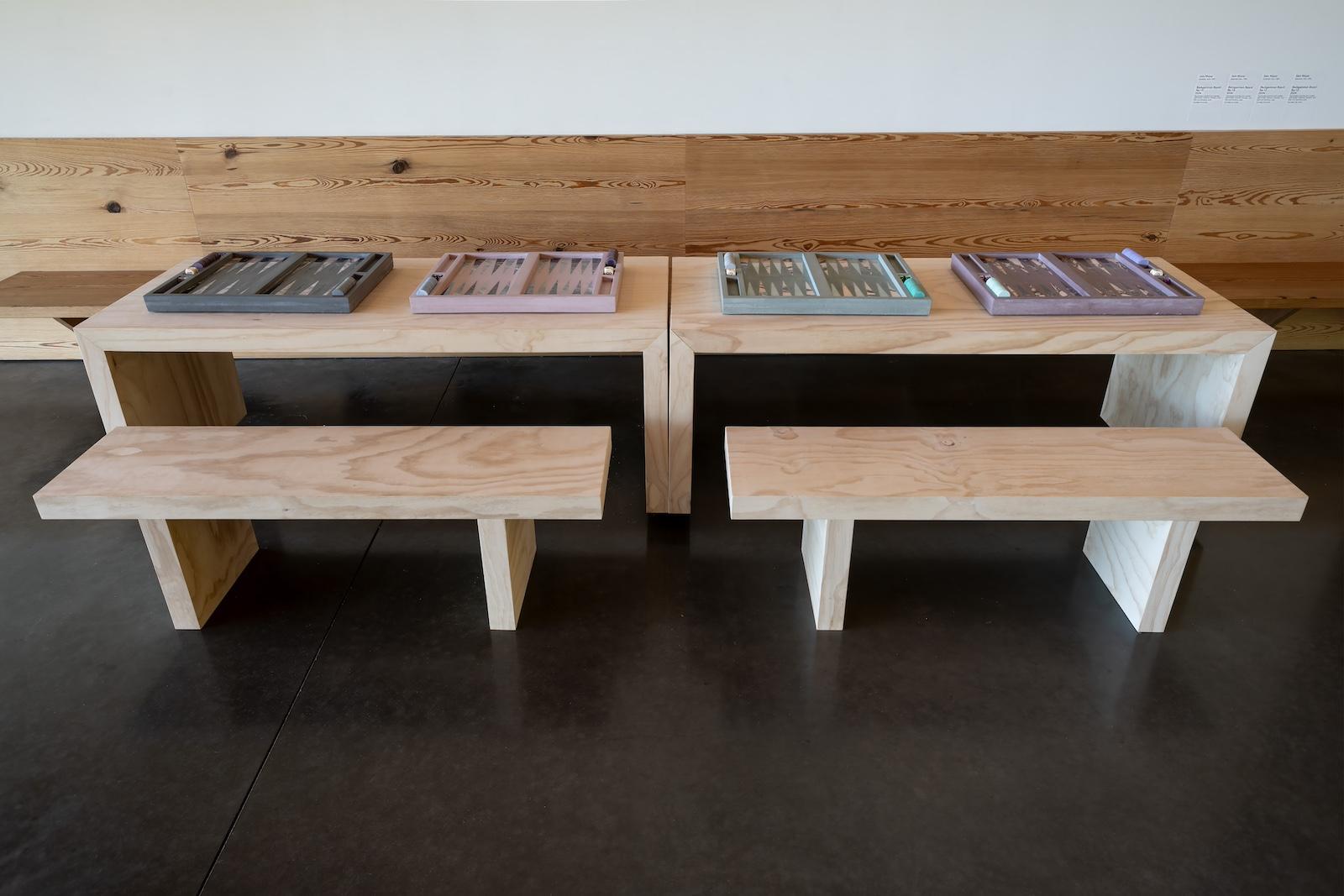
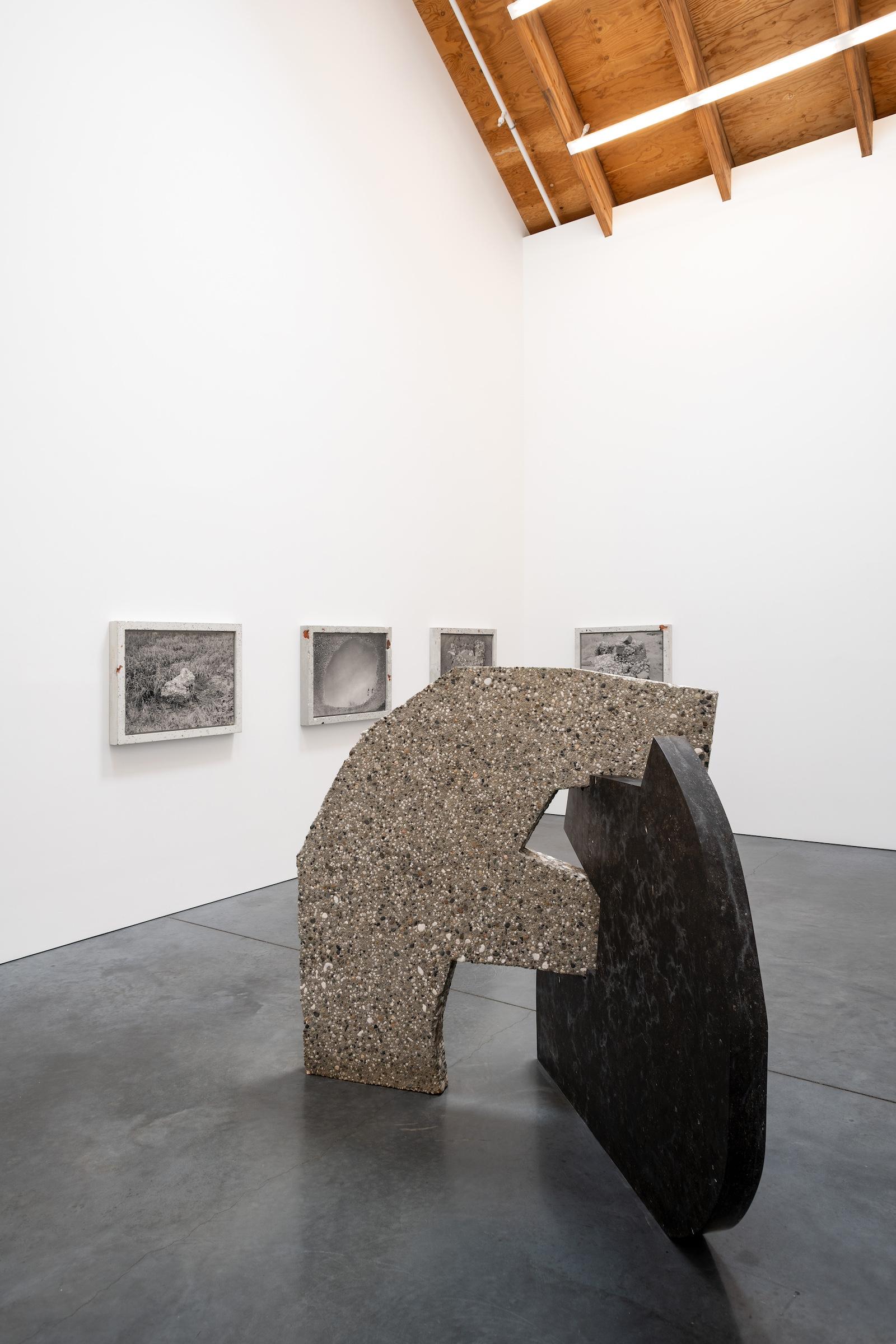

![DEl Kathryn Barton [Australian b. 1972] the more than human love , 2025 Acrylic on French linen 78 3/4 x 137 3/4 inches 200 x 350 cm Framed dimensions: 79 7/8 x 139 inches 203 x 353 cm](/sites/default/files/styles/image_5_column/public/ab15211bartonthe-more-human-lovelg.jpg?itok=wW_Qrve3)

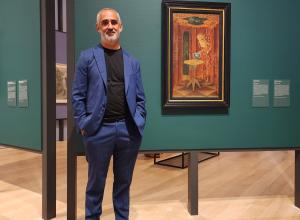


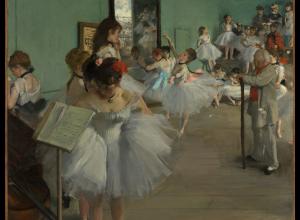
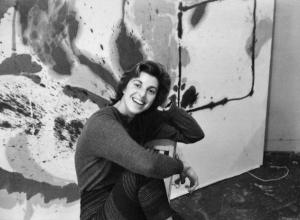
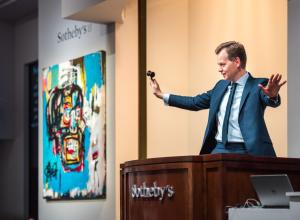
![DEl Kathryn Barton [Australian b. 1972] the more than human love , 2025 Acrylic on French linen 78 3/4 x 137 3/4 inches 200 x 350 cm Framed dimensions: 79 7/8 x 139 inches 203 x 353 cm](https://www.artandobject.com/sites/default/files/styles/image_5_column/public/ab15211bartonthe-more-human-lovelg.jpg?itok=wW_Qrve3)

